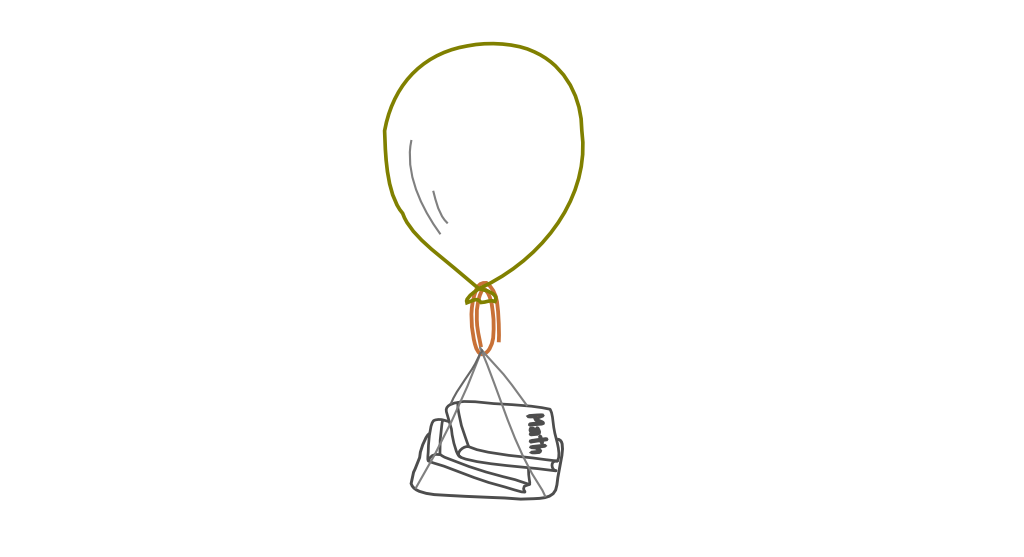One of the most well-known divergent thinking problem is the Alternate Uses (AU) task where you come up with different ways to use simple, everyday objects. Professor Tina Seelig, who teaches Creativity and Innovation at Stanford University, often uses challenges that build on the AU task for her students. The goal is for students to build both creativity and entrepreneurship by learning to look at an old thing in new ways, and create some kind of value from it.
We recently participated in Stanford Innovation Lab’s (SIL) Sock Challenge, where students had to create value out of mismatched socks. With students from C-Pillars Academy (most of them between 7 and 10 yrs), we used a session to try out the sock challenge one afternoon.
As expected, we got a range of ideas from our students – some common and some original. Five of our student entries were selected and showcased by the SIL team – ideas that we would have picked as well! Here is what we liked about these particular entries.
Mental Transformations
Creativity comes from the mental transformations you make to an existing object or concept to adapt it to a new situation. At one of the spectrum, you could generate ideas that use very few (or no transformations) by simply using a key aspect of the object. An example of this is using the sock as a bag to hold different objects. This doesn’t really require any big mental leaps since a sock resembles an elongated bag and the overall shape of the sock triggers that idea quickly.
On the other extreme, you could do a lot of transformations (typically to get down to the material the object is made of) till there is no longer any resemblance to the original object, and then create something different from the material. An example of this is cutting the sock(s) open and then using it to make a T-shirt or a sweater. In essence, these ideas use the sock as a piece of cloth out of which you can now fashion many different things and it doesn’t really matter that you started out with socks.
Both of these extremes produce ideas that are not very creative, but the ideas in the middle – the “Goldilocks Ideas” – are where interesting things happen. These are where the transformations preserve some essential properties of the original object, and the changes are applied very thoughtfully to allow the object to be used in a different situation.
The Sock Ball Game created by one of our students is an example. The goal of the game is to toss the colored ball into the matching colored pouch. The bottom part of the sock was cut at the right place to make pouches and the top part of the sock was converted carefully into colored balls to make the game work. The Arm-Warmer is another such example, where another student made holes at exactly the right places (leveraging the heel of the sock for the thumb part) to make the design work.
Remote Associations
Another aspect of Creativity is being able to combine unrelated ideas, or associational thinking. The cloth diaper idea is an example of making a connection with a third world social issue of using simple pieces of cloth as diapers. The idea proposes using old socks to add an additional, absorbent layer on the cloth to make better diapers while reusing socks. The idea stands out since it combines a concept that you don’t normally associate with socks to make something useful.
Elaboration
Elaboration measures the amount of detail and flourishes added to the core idea to make it more complete. Elaboration helps clarify and articulate an idea which results in a better understanding, and often leads to improvements in the core idea. The headband and purse created by two students are great examples of elaboration for this challenge. The headband uses extra parts of the sock to make the flower decoration and the purse uses rolled up pieces of sock to make the handles. And of course, the beautiful designs just make you want to use them!
Our students had a lot of fun working on this challenge and we look forward to doing more of these in the future!


